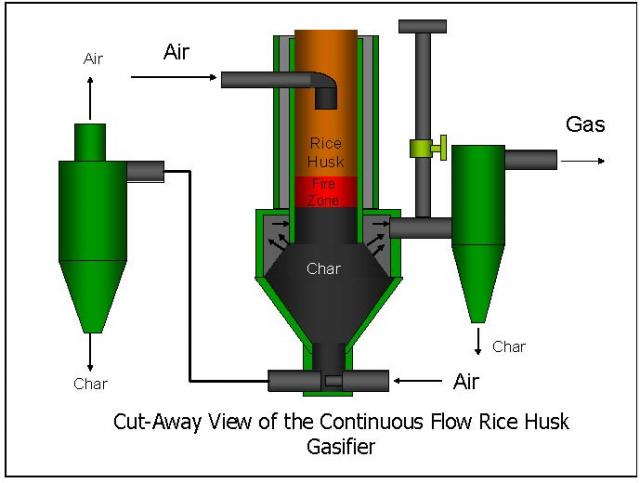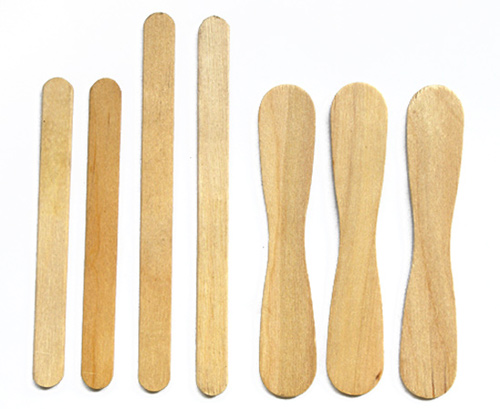Friday, October 15, 2010
Ergonomics in Vietnam
The main reasons for the problems in most old and
newly established industries in Vietnam are:
1 Lack of sufficient knowledge and general awareness
regarding occupational health, safety and ergonomics
amongst the relevant parties concerned, especially
with regard to the specific conditions in Vietnam.
2 Lack of proper regulations and enforcement for work
environment, occupational health and safety
3 Lack of proper inspection and supervision
4 Shortages of resources, both economic and trained
personnel
5 Managements' narrow perspective putting shortterm
benefits before workers' health and safety.
To-day occupational health is the sixth priority of the
From reading the journal article, it seems like it was stating that because of the low knowledge of the Vietnamese people. They do not realize they are working in a bad environment that is so dangerous. it has caused major health issues to the workers etc.
Review of final presentations-11th October 2010
Collaborative Design
Review of final presentations-11th October 2010
(Imagine Haiti)
- In depth analysis of context ‘Haiti’
- Developed evaluation of class/school context and referenced this in order to design an appropriate configuration of seats.
- Modularity of system in relation to class context seemed appropriate and well researched.
- Instruction process/kit (Not enough consideration into sustainable products-or not mentioned. As well as a lack of thought into using local resources although a good focus on local production).
(My Mat)
- Design/ Liked the modularity and light weight of the system
- Context/ Presented clearly although it was brief.
- Negative aspect of this presentation was that it was unclear as to how the product is made and how it works. Possibly due to computer errors with sound?
(Lap Desk)
- In terms of presentation of context, information was covered clearly
- Materials seemed to be considered in great depth, good exploration of the material was also present. (Local product/sustainable)
- Design/ Like the versatility and easiness of the product.
(Furniture for developing minds)
- Casual/ clear presentation.
-
(Congo Fungi)
- Presentation, effective use of materials, music ,images and texts.
- High consideration of production process and community involvement although not an entirely clear design. Was not sure about how to use.
(Stool)
- Casual/fun/clear presentation however could be inappropriate in relation to the topic.
(Grab Play Learn)
- Different use of presenting information/could be tedious/boring to read however it is an interesting approach.
- Good to see a professional looking model/ clear instruction images.
Friday, September 10, 2010
Materials & Processing
Heya,
Been looking into the use of materials to help create the furniture.. So far i have looked into Bamboo Ply, Rubber and Plastic Recycling. Listed below are links to some good examples or sites that gave some reasonable information on processes or at least another avenue for me to look at... I know may be covering some of the same grounds as what you may have already found... but maybe there lil in there that we havent seen yet.
Bamboo
I was looking at this to use for the framework of the box and or chair as well as possibly using it to line the main rolling/mounting sides of the box so that it can take the most load impact. Also i have thought and there is an example in the links below as using it as the rigid base to the chair aspect.
I have also looked at natural heat steaming and bending of the materials but from all research this is something that needs to be done during the manufacturing process of the plywood. The way to heat form after wards is usually done with a veneer which is something that we havent looked at yet.
In general thou it would appear this could be beneficial as it is simple timber construction principles once the ply has been manufactured.
The one big disadvantage at this stage is that it is a expensive process unless done in bulk orders.
Bamboo Plywood Examples
http://www.bamboohardwoods.com/items.asp?Cc=BUILDMATERIALS
http://www.bamboohardwoods.com/items.asp?Cc=FURNITURE
http://www.inhabitat.com/2005/11/20/phenomenal-plyboo/
Plywood Advantages
http://www.rainforestinfo.org.au/good_wood/bamboo.htm
How it is made... and some construction tips
http://www.ehow.com/how-does_5626548_bamboo-plywood-made_.html
http://www.woodistry.com/articles/BambooPlywood.htm
Raw bamboo pre finished is more porous than most ply’s and needs to be kept dry until a finishing coat is put on, else will absorb water..
Natural Rubber (Latex)
In response to Violets look into natural rubber, i looked at the use of natural rubber/latex to provide foam cushioning for the chairs. This process is a little complicated in fact that it either requires the latex to be frothed manually by hand/machine, introduction of chemicals or pumping air into it... then chilling it to below freezing and then heating. The best approach i did find was the use of the chemical combination as another chemical can be added to avoid the need to freeze and heat/vulcanise the foam to make it usable and viable.
http://www.latexrubber.com.au/
Natural Foam Latex V’s Synthetic
http://www.pfa.org/intouch/new_pdf/lr_IntouchV.8.pdf
Recycling
Natural Rubber and Synthetic can all be recycled, if just production waste or end of product use, is shredded and reconstituted with new rubber products such as carpet underlay and so forth.
Plastic Bottle Recycling
All in all, i looked at this aspect for a while. While it is nice to be able to do something to help with the waste reduction and reuse of existing materials, the reconstitution of plastic via heat and reforming appears to be something that needs to be done in a well set up process and may be slightly out of the range that we are looking at achieving. Maybe the trade of recyclable bottles for equipment or as maybe a trade pay as you go system could be something that we look at...
One thing that i did find in many articles i found was that the plastic caps of the bottles are definately not recyclable and need to be thrown away. Sally's idea of using bottle caps to decorate the chairs or furniture is a definite opportunity if we like to maybe allow the students to glue/attach their own names on back of the chairs or maybe as checker/drafts pieces to play games on top of the box bases.. I just raise this to keep the idea of interactivity going as it appears to be one of our main approaches.
Anyway i will leave it there for now... and talk to you all tomorrow night.
D
Sunday, September 5, 2010
The Physical, Socio-Cultural and Institutional Environments of Child Survival and Development (Vietnam)
Monday, August 23, 2010
VIETNAM SCHOOLING
Did you know...
1. Children in Vietnam go to school six days a week- Monday through Saturday.
Monday Tuesday Wednesday
Thursday
Friday Saturday Sunday
2. The school day is about four hours long.
3. The school year runs from September through May.
4. Children are expected to take school very seriously and to work hard.
5. All children learn how to read and write. They study literature, math, science and geography. They are also taught traditional manners and customs including social skills and respect for their elders, family and community.
6. Most school days begin with a test. The teacher calls on students to stand and answer a question.
7. Students sit together and chant during lessons.
8. Saturday is a review day. Students stand and tell the teacher what they have learned during the week.
9. Students do not get grades on a report card. Instead, they are ranked first, second, third and so on.
Sally: This shows the competitiveness within the country, during schooling and out of schooling. Pushing students to the limit
10. Many students must wear uniforms to school.
11. Many schools are overcrowded because there are so many children in Vietnam.
Sally: From the photos, seems they are all seated really closely
12. Most schools have no playground equipment or extra activities.
13. Students are encouraged to stay physically fit. They exercise by practicing gymnastics for ten minutes during recess every day.
14. Students take turns cleaning their school. They are divided into clean-up groups. On their assigned day, they come to school early to sweep rooms, clean chalkboards and empty the trash.
Sally: It seems to me they do not wish to hire cleaners due to cost as they have students clean the whole School.
15. Some children, especially in rural areas, do not go to school because they must work to help their families afford basic needs.
Friday, August 20, 2010
Tuesday, August 17, 2010
RICE HUSK MANUFACTURING PROCESS
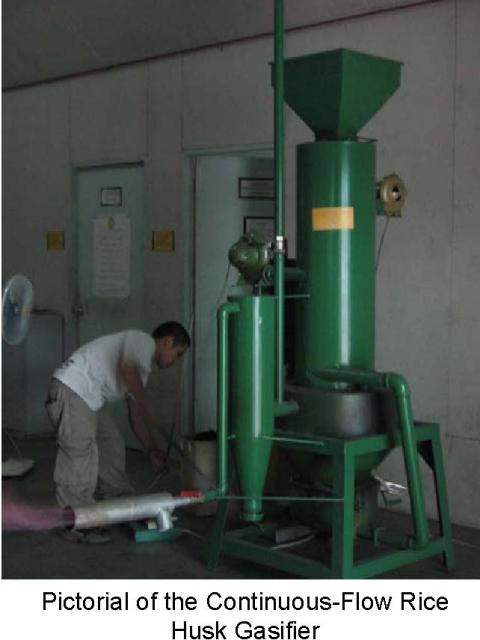
Submitted by Tom Miles on 11 November 2006 - 12:47pm
Last updated December 23, 2008
in Belonio Gasifier APPROTECH Central Philippine University Rice Husks
Continuous-Flow Rice Husk Gasifier for Small-Scale Thermal Applications
Alexis T. Belonio, Appropriate Technology Center, Central Philippines University,
The continuous-flow rice husk gasifier is another breakthrough project of the Department of Agricultural Engineering and Environmental Management of the College of Agriculture, Central Philippine University, Iloilo City, Philippines, with the assistance from the following agricultural engineering students: Maybel Alemani, Jason Gem Villaruel, Daniel Belonio, Lucio Larano, and Xykster Pelaez.
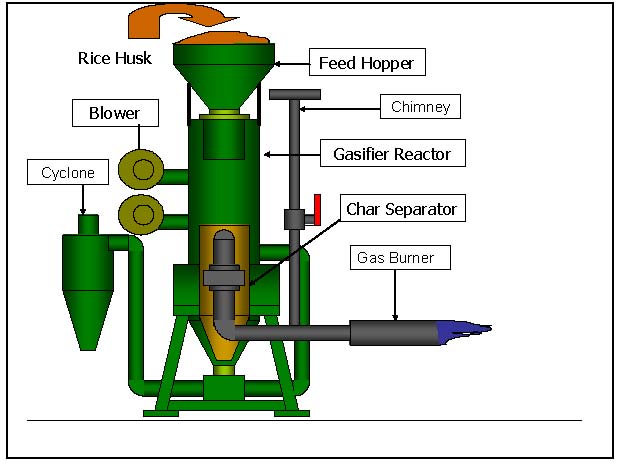
Gasification of rice husks in this gasifier is accomplished in a downdraft mode. Rice husks are fed at the top of the reactor and are burned at its bottom. Air is introduced into the bed of rice husks from the top of the reactor and moves downward through the fire zone. Fire zone is maintained by gradually removing the char from the char chamber employing a jet-type pneumatic conveyor installed right beneath the reactor. The gas generated in the reactor during gasification is directed to the burner passing through the momentum separator. Char is separated from the gas by a 30-cm diameter cylindrical shape momentum separator. The gas produced is burned either in a jet-type, a gas pipe-type, or a drum-type burner. The air that is used to convey the char is also used to cool the reactor at the same time. At the end of the conveyor is a cyclone separator to separate the char from air. A water container is provided at the bottom of the cyclone to immediately cool the hot char that is leaving the reactor.
Performance testing and evaluation showed that the gasifier can be successfully operated in a continuous mode. Firing of the reactor can be start-up evenly by using only few pieces of paper and by sprinkling kerosene at the bottom of the fuel bed. Once spontaneous combustion of fuel is attained, combustible gases are generated. Tests have shown that the gasifier consumes rice husk fuel at an average rate of 8.3 kg per hour. The amount of air used to gasify rice husk was measured at 13.2 m3/hr giving an equivalence ratio for the gasifier reactor of 0.4 The temperature of the gas leaving the reactor using a type k thermocouple wire thermometer was measured at 117 to 205°C whereas the air used to cool the reactor and, at the same time, used to convey the char was measured at 50 to 87°C.
Jet-Type Burner
Sample of Char Coming Out of the Gasifier
The computed specific gasification rate of the reactor is 169.2 kg/hr-m2. Based on the airflow and the cross-sectional area of the reactor, the computed superficial velocity of gas in the fuel bed is at 7.5 cm/min. The pneumatic conveyor operates well at a char-to-air ratio of 16.5 and for a terminal velocity of air inside the duct pipe of 11.5 m/s. Based on the energy generated from the gas and the energy available from the fuel, the overall efficiency of the gasifier is 63%. And, the computed power output is 19 kW.
The gasifier can be used to supply combustible gases and effectively burns fuel either in a jet-type, pipe-type, or drum-type gasifier burner. The char that is produced from the gasifier is completely black (40% of rice husk), which is good for soil conditioning.
The cost of the gasifier is P35,000.00 per unit (1 US$ = 55 PHP). It requires a single person to attend its entire operation. Operating the gasifier entails a total electric power consumption of 0.4 kW. The computed payback period is less than 1 year when compared with LPG burner.
The continuous-flow rice husk gasifier is of more advantage than the dual reactor rice husk gasifier primarily in terms of current investment cost. Instead of using two reactors, only one reactor is used which means lesser material cost. Other features of the continuous-flow rice husk gasifier are: (1) It is convenient to operate in which reloading of rice husk and unloading of char are eliminated; (2) It saves space since it has only one reactor; and (3) The size of the reactor can be scaled up or down, depending on the requirement of the client.
http://www.bioenergylists.org/files/Continuous-Flow%20Rice%20Husk%20Gasifier%20for%20Small-Scale%20Thermal%20Applications.pdf
Rice Husks Into Furnishings
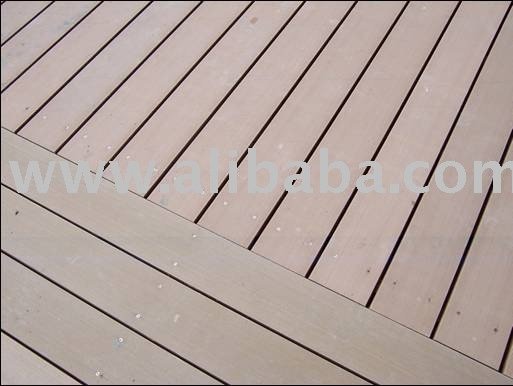
FRC RICE HUSK DECKING
FRC flooring and decking that is extremely weather proof and
20 years guarantee
FRC is a new type of decking material that is
- Weather proof ( pigment that does not fade)
- Water proof (absorb water 0%)
- Termite proof (cos no wood in material )
- Fire proof ( added with fire proof coating )
Better than wood.
It is made from rice husk + polymer ( waste) and can be recycled many times
It has green label, thus it is a environmentally friendly product.
Product Details:
Function: Waterproof
Product Material: Wooden
Technics: Engineered Wooden
Usage: Outdoor
Pattern: Embossed
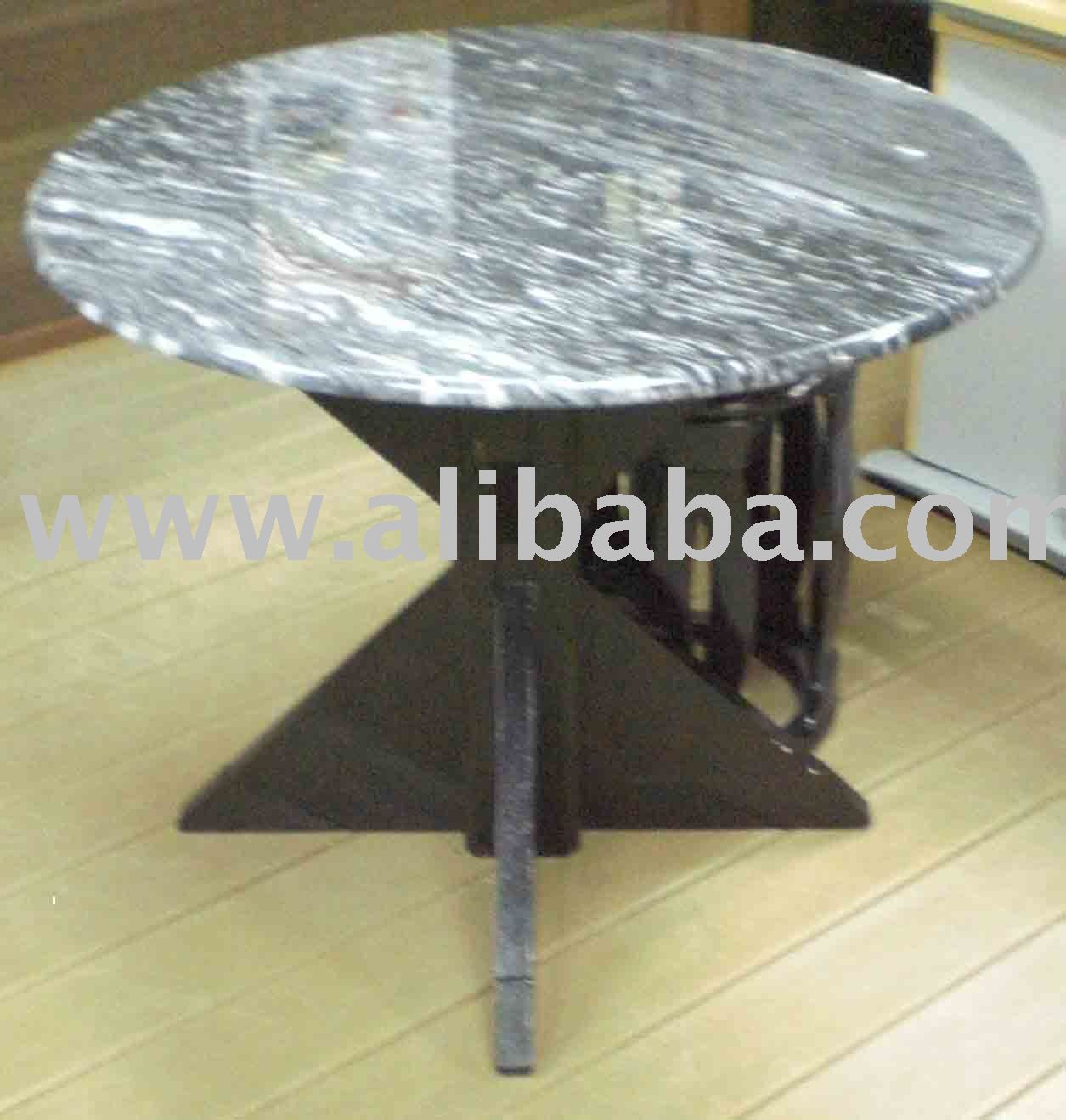
GREEN FURNITURE MADE FROM RICE HUSK
Furniture made from FRC, Green Label Furniture
Furniture made from Rice Husk Timber.
The Furniture is made from Rice Husk Timber.
Rice Husk Timber or better known as FRC - Fiber Reinforced Composite is a
revolutionary material that make use of Rice Husk meant to be burnt AND
recycled polymer.
This is a green label furniture, using ZERO wood material, and thus cutting of
ZERO trees.
Product Details:
General Use: Home Furniture
Material: Wooden
Type: Living Room Furniture
Specific Use: Coffee Table
http://www.himfr.com/d-p1116214315553345025-Green_furniture_made_from_Rice_Husk/
Monday, August 16, 2010
Saturday, August 14, 2010
Vietnam Overview
Overview:
Vietnam is a country located in Southeast Asia. It is south of China, west of the South China Sea and runs alongside Thailand and Laos. Vietnam is very diverse when it comes to religions and languages. Some languages are Vietnamese (official language), English, French, and Chinese. Vietnam is a Communist country, so most people don’t have much freedom. The people in Vietnam are often abused, ignored, and lack human rights. These violations were starting to take notice in 2002 and worsened in 2004, but little has been done about it. The Vietnam citizens aren’t being treated like they should. They aren’t being treated like human beings, even though they are just as much human as the rest of us.
Violations:
Adults and even children aren’t treated like they should be in Vietnam. Factories and other manual labor jobs force children, which are usually fifteen years old or younger, to work countless hours. They are exposed to hazardous materials that can cause severe harm to them. On top of that, the children are often mentally and physically abused by the person who hires them. Each year, thousands of children (mostly girls) and women are trafficked in Vietnam. Trafficking children and women means they are kidnapped or taken and are forced to work into prostitution to make money for their captor. They work on the streets that are usually in high standard living areas so the person that forced them can make more money. Children can’t look forward to the life ahead that they could have, because they are usually trapped with that job and can never leave. If they are lucky enough to escape, they would have no money with them and would be living in poverty. They children and women work for their captor as servants and laborers. People in Vietnam haven little to no freedom of expression. Newscasters and journalists aren’t allowed to give direct criticism to the government. The media also isn’t allowed to travel outside of Hanoi without permission from the Foreign Ministry. People have been arrested and tried for charges for being overheard about criticizing the government. Also in Vietnam, there aren’t many freedoms when it comes to religion. Protestant and Christians are forced to give up practicing their religion or they will be sentenced to jail.
Government Structure:
Since Vietnam is a Communist country, everyone has to have everything equal (besides the leaders). They have to follow the rules and laws of their dictator or they will have consequences. Everyone gets the same pay, practices the same religion (if they have any), and lives practically the same lifestyle. Although these are the ways they are suppose to live, people still practice their own religions, say what they want about the government, and live their own way. Some of the dictators let the power go to their heads, so they believe they are better than the citizens. therefore, they think the citizens can be treated any way the dictators want.
Personal Motivation:
What drives people to cause these human rights violations is the power that they have. In a communist country, the dictators have a separate way of living because they don’t have to follow the rules they create. The dictators or rulers make themselves believe that they have all of the power; therefore other people shouldn’t be treated like they should. The citizens have no importance to the dictators, so whatever happens to them isn’t a big deal to the dictators. What also drives them is that they are a poor country. So the more work they produce, the more money they will make. Therefore, more people need to work long hours to make that money, including children.
Education:
Vietnam’s education and health care are very low. Most children are forced into working at young ages or forced into trafficking. So they can’t get the education they need to live a successful life. If children don’t grow up with education, then they won’t be able to support their families in the future. The health care is low because when they are forced into work, they are usually exposed to hazardous materials which can cause great damage to their health. Even children are exposed to deadly chemicals, pesticides, and other dangerous materials.
Economic Status:
Vietnam’s economy plays a big roll on how these people are being treated. Vietnams per capita GDP is 2,800 per year, making this country very poor. To make more money so the economy will get better, there needs to be more people working jobs and working long hours. Most children are forced into working at a young age, giving them no time for education. Families rarely get to see their mothers or fathers or even daughters or sons because they are working countless hours. This is all for the governments selfish needs.
Resolution:
The Vietnamese government should ease up on a few of their laws. They should release the people they have under house arrest or in jail because of their freedom of religion or political arguments and send them to a center where they can peacefully practice what they need to. They need to take children out of working at young ages and trafficking at young ages so they can get an education. Because it might not be making them money now, but in the outcome, they will have a better economy. They are just as much human as the dictators are so they need to be treated like humans. The government is skating on thin ice by abusing the citizens of Vietnam and people are reacting to their decisions. Organizations to protect these people should take action. You can still be a communist country but not abuse the citizens. That is what the Vietnamese government needs to realize.
Sunday, August 8, 2010
Sustainable Furniture Examples
Here are some examples of sustainable furniture! I have put the name of the pieces I thought were interesting on each site..
http://webecoist.com/2009/01/13/creative-strange-sustainable-furniture-design/
Magazines and Junk Mail Transformed
ReVision tables, created by teen artists apprenticing at Artists for Humanity in Boston, are meant as a response to the growing market need for innovative sustainable design. They’re made from reclaimed junk mail and magazines, rolled up and stacked together in the form of tables which are then finished with non-VOC eco-friendly resin that makes them water-resistant and easy to clean.
Chairs from 100% Recycled Plastic Bottles
Cohda Design makes chairs out of 100% waste plastic. The chair is called ‘RD4’, with RD standing for ‘roughly drawn’. How appropriate considering that the chair looks like a sketch come to life. The second photo, via Inhabitat, shows how the chair is made by winding the extruded plastic around a form.
Milan’s Designers Block Show 2009
http://www.inhabitat.com/2009/04/24/milan-2009-designersblock-showcases-nature-inspired-designs/?browseByDate=Browse+By+Date
Cardboard Furniture
http://www.yankodesign.com/2009/04/09/cardboard-furniture-surprisng-results/
Shigeru Ban’s 10 Unit Modular Furniture System
http://www.inhabitat.com/2009/04/21/shigeru-bans-10-unit-modular-furniture-system/
Indian Students Make Bamboo Bus Stop
http://www.inhabitat.com/
Centaur collection
http://www.projectimportexport.com/centaur.html
August Work Blogs
Been doing some research into the Cultural, Education and Political settings of Cambodia, Vietnam, Thailand and Papau New Guinea to try and get a reasonable idea of the types of skill sets and support that we could expect within each country. They have pretty wide range of contrast in Religions, Social Hierarchy and Cultural Relations to just about no infrastructure or support. I have found a fair bit through wikipedia and seems to be the popular return on google and yahoo search, i looking for a few different sources in scholar and jstor to verify there validity.
Cya tomorrow..
D
Links to Some of the Sites i Found:
http://en.wikipedia.org/wiki/Culture_of_Cambodia
http://en.wikipedia.org/wiki/Culture_of_Vietnam
http://en.wikipedia.org/wiki/Culture_of_Papua_New_Guinea
http://en.wikipedia.org/wiki/Politics_of_Vietnam
http://www.rainforestinfo.org.au/background/png.htm
http://en.wikipedia.org/wiki/Education_in_Thailand
http://en.wikipedia.org/wiki/Education_in_vietnam
http://en.wikipedia.org/wiki/Education_in_cambodia
































